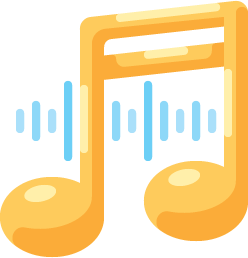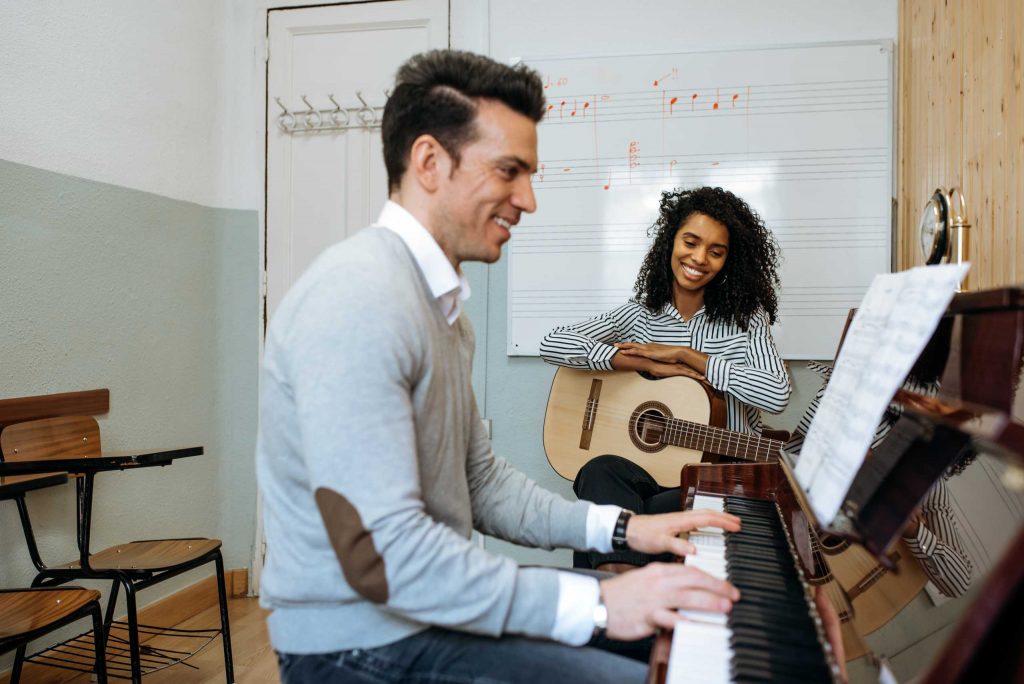In an age of apps, audio loops, and visual piano rolls, it’s easy to think: “Do I really need to read music anymore?”
Many talented musicians have built their skills entirely by ear. They play beautifully, compose intuitively, and feel no need for written scores. But while ear training is essential, relying only on it is like speaking a language but never learning to read it.
Music notation isn’t old-fashioned — it’s timeless. And it’s one of the most powerful tools any musician can learn.
Ear vs. Eye: Two Ways to Learn Music
There’s often a false debate between reading music and playing by ear. The truth?
You need both. Each supports and strengthens the other.
- Ear-based musicians tend to develop strong intuition, improvisation, and emotional expression.
- Notation-based musicians often gain depth, structure, and fluency across genres.
When combined, the results are exponential.
Imagine being able to:
- Hear a melody — and write it down instantly.
- See a score — and hear it in your mind before you even play a note.
- Learn complex pieces — faster, cleaner, and without guesswork.
Notation adds structure to your creativity.
The Universal Language of Music
Music is a global art form. But when it comes to communicating ideas, notation is the common ground between all musicians — no matter what language they speak, what style they love, or what instrument they play.
Whether you’re:
- Collaborating with others
- Performing in a group
- Teaching music
- Recording professionally
… notation saves time, reduces confusion, and ensures clarity. It allows you to understand not just what to play, but how and why it works.
You Already Know More Than You Think
Many self-taught musicians think learning to read music means starting from zero. But that’s rarely the case.
If you can:
- Clap along to a beat
- Recognize a melody
- Feel when a phrase resolves
… then you already understand musical logic. Notation simply helps you visualize what you already feel.
At Music Theory Academy, we design lessons to connect your natural musical instincts with the written form — bridging ear and eye, sound and symbol.
Real-World Benefits of Learning Notation
Let’s be practical. What changes when you can read music?
1. You Learn Faster
No more relying on memory alone or searching for tutorials. You can read the piece directly.
2. You Communicate Better
Working with other musicians becomes smoother. Everyone is literally on the same page.
3. You Expand Your Repertoire
Classical, jazz, film scores, modern arrangements — the musical world opens up.
4. You Grow as a Composer
Writing your ideas down means you can revise, share, and build complex works.
5. You Build Confidence
Reading music removes the uncertainty. You know exactly what’s written and how it works.
But Isn’t It Hard?
It might look hard — but so did reading words before you learned the alphabet.
Like language, music notation becomes automatic with structured exposure and the right approach.
We don’t throw theory at you.
We teach it through real music, interactive visuals, and short, focused lessons that build one layer at a time.
No stress. No overwhelm. Just steady growth.
Final Thought
You don’t need to choose between heart and head, instinct and logic, feeling and form.
Music reading doesn’t take away your creativity — it supports it.
Notation gives you access to centuries of music, to a deeper understanding of your favorite songs, and to the tools that will shape your growth as a lifelong musician.
Reading music isn’t about perfection — it’s about empowerment.

